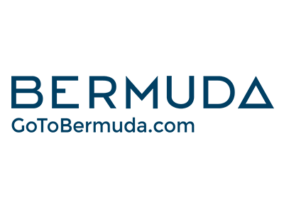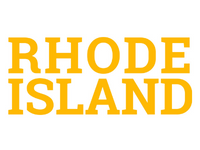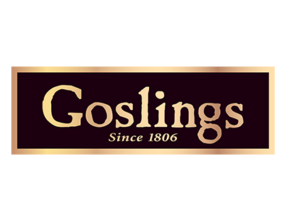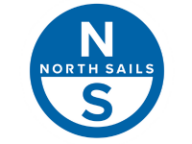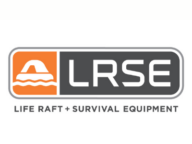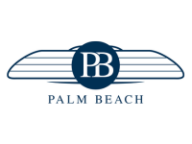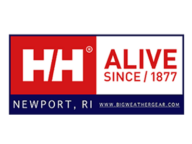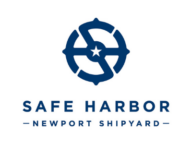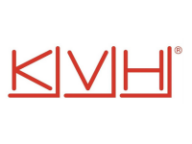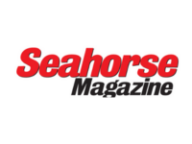The Newport to Bermuda Race® incorporates new technical requirements for each participating vessel. These requirements are aimed at streamlining and improving the communications between the fleet and the race’s Fleet Communications Office (FCO). Satellite phones, GPS trackers, AIS transponders and SSB receivers are required equipment for the race. Voice communication will likely remain the best way for handling non-routine and emergency communications between vessels and the FCO. Accordingly, the satellite phone shall remain always on in order to receive any inbound communication to each vessel.
The Bermuda Race Organizing Committee requires that competitors also have the ability to communicate by email through their on-board satellite phones. Historically, satellite communications have proven trying for some operators. This requirement attempts to streamline and make the level and frequency of communication required for the Newport to Bermuda Race® more reliable and approachable. Satellite communication by email is quicker and more robust, and less expensive than comparable voice communication, since messages may be drafted and read while off line.
It warrants mention that it remains the obligation of the skipper and crew to be familiar and comfortable with the operation and use of any and all equipment, especially safety equipment, onboard the vessel. Owners, skippers, and watch leaders must ensure that all crew can properly operate the satellite phone prior to departing Newport. A mandatory check in call to the fleet communications office will be required ( # TBD), and if using email a test message should be sent and received as well.
Installation of the hardware is essential to the ease and success of its use. Below decks, the handset should be positioned in a secure and convenient location, typically at or near the Navigation station so that incoming voice and data calls are readily audible. The handset must be capable of being charged from the ships DC system and care must be taken to see that it remains charged and ready for use. Above decks, the race rules require that the external antenna be rigidly affixed for the duration of the race. It is essential that the antenna have a clear and unobstructed view of the sky for best performance.
Today’s technology has addressed sailors’ least favorite element of bringing new technology on-board; compatibility and connectivity with existing and trusted hardware. As many readers can attest, any change or addition to existing systems has historically required significant amounts of patience, persistence, and near continual communication with tech support to effectively integrate the new piece of gear into the navigation suite. Thankfully, manufacturers of satellite telephones and vendors of satellite communication services have addressed this issue.
Following is an introduction to connecting your satellite phone to your computer (PC or Mac), tablet computer, or smartphone (Android or IOS). For ease of reading and to make this document useful to any reader, these devices are hereafter referred to as a “PLATFORM.”
Using any of the major brands of handheld satellite telephones on the market today (Iridium, Global Star, or I-Sat phone) simple and effective data connections can be achieved. Today’s technology focus is on simplicity, in that it eliminates the need for configuring ports and modems as well as the need for special procedures to make a sat phone serve as a modem (frequently the source of most technical difficulty).
There are several versions of this technology available from vendors which, for the sake of this article, tackle the same connectivity and simplicity issue. There are multiple devices on the market,
they will be generically referenced as a “DEVICE” in this article. A “DEVICE” is self-contained and has all the drivers pre-configured to facilitate wireless connectivity through the satellite phone. The choice of service and DEVICE provider are decisions to be made by individual competitors.
Using a DEVICE tethered to the phone with a USB cable, any of the previously mentioned PLATFORMs may be connected wirelessly to the satellite phone and to send and receive email and/or data. Once a satellite phone is installed onboard a vessel (in compliance with Race rules) with a valid service contract including sufficient airtime for voice and data, and a DEVICE is connected, any Wi-Fi enabled PLATFORM on board can connect to the satellite phone following simple pairing instructions, as prompted by the DEVICE.
Each competitor may choose to have a dedicated email address (available from the service provider of each competitor’s choosing), along with the required satellite telephone number for voice communication, on file with the FCO and BROC for the duration of the race.
The beauty of these systems is that the connection created by the DEVICE includes compression software and firewall protection. Meaning that when a connection is made to send the emails you have drafted at your leisure, your messages will be sent in one quick connection and any inbound email will come through to your PLATFORM. The result is minimal connection time on the satellite phone and less time lost with dropped calls trying to convey important messages. Less time connected means lower cost and less distraction from managing the vessel or standing watch. An additional bonus of the switch to email over voicemail is that any system installed, as described above, will display a message on the handset if inbound mail is waiting to be collected. There is no need to dial in to “check” for email messages.
This document is intended as a primer for what today’s technology provides for vessels participating in the Bermuda Race. Further technical details will be available regarding installation requirements and service providers from which hardware and service packages may be purchased or rented for the duration of the race. Vendors will be attending the March Safety- at -Sea seminars in Newport preceding the race, providing hands on demonstrations and answering questions pertaining to this new option for race communications. Please keep an eye on the website as you make preparations for the race as there will be updates available to facilitate your preparations.
Questions? Please contact Chris McNally at [email protected].

